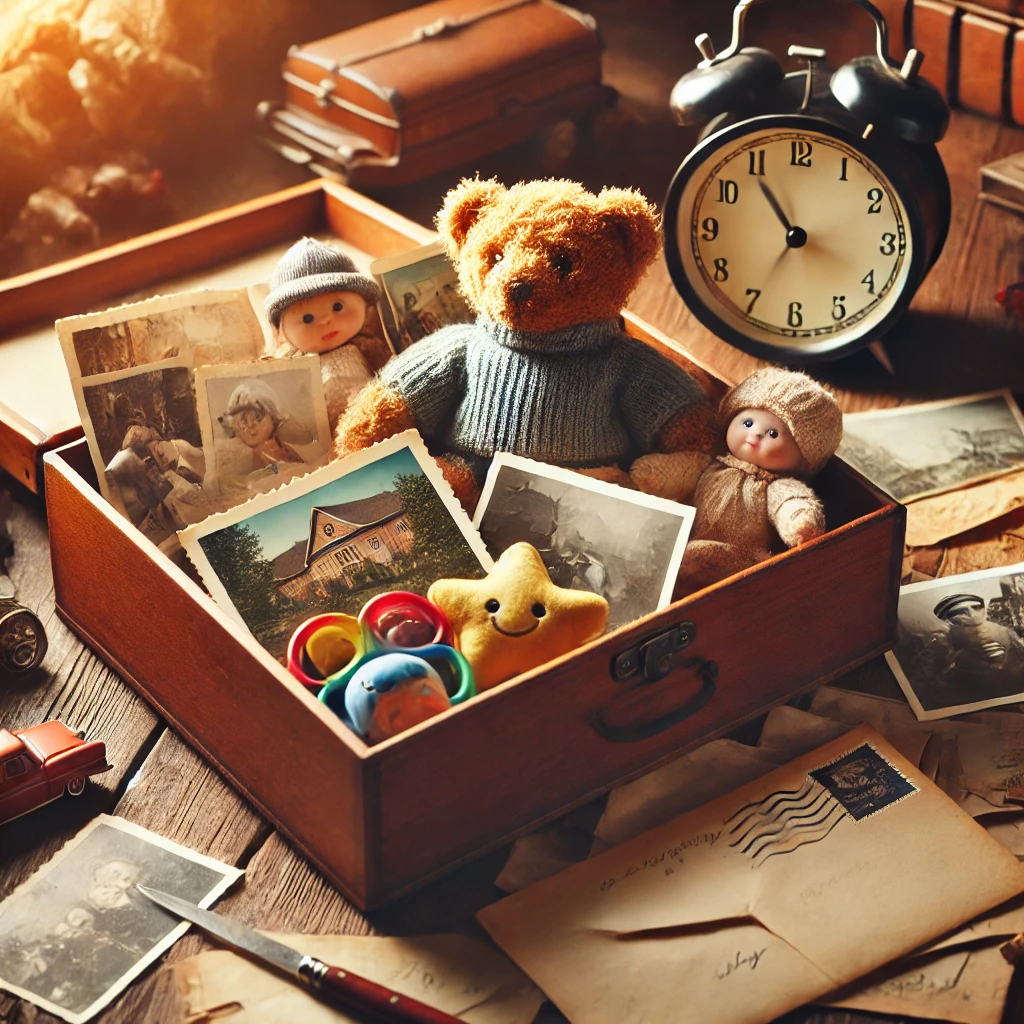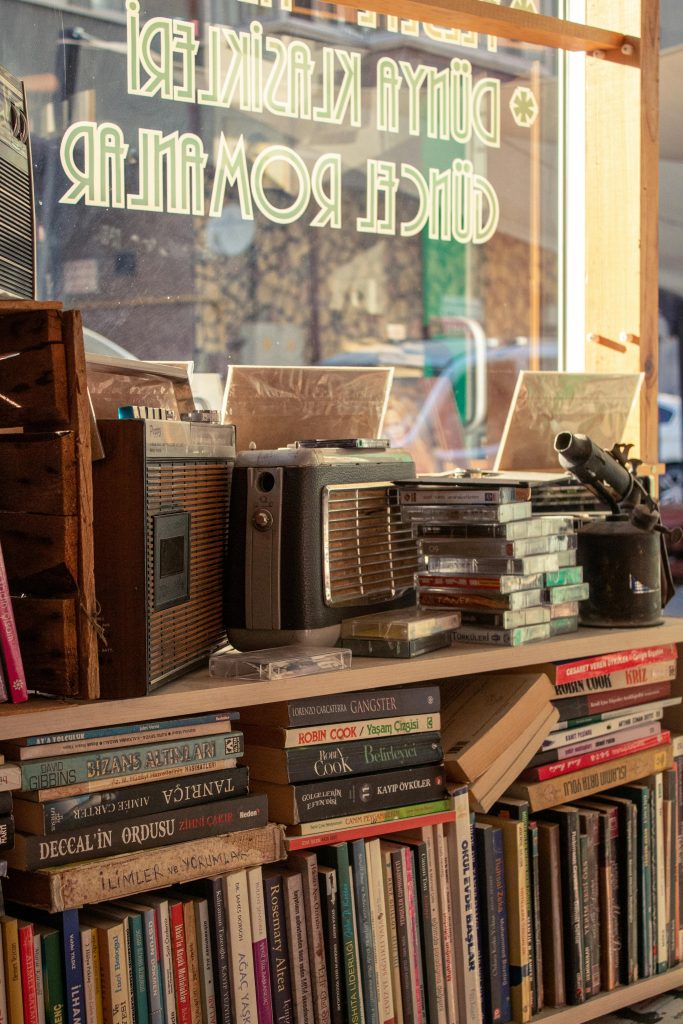Nostalgia is a phenomenon as universal as it is intriguing. Terms like ‘nostalgia in pop culture,’ ‘nostalgic marketing,’ and ‘impact of nostalgia’ are trending. If you’ve ever been moved by an old song, felt longing for simpler times, or got excited about the re-release of a classic movie, you’ve experienced the power of nostalgia. But what makes nostalgia so timeless, and why does it never go out of fashion? In this article, we will explore the essence of nostalgia and how it continues to shape contemporary culture.

The Comfort of Familiarity: Benefits of Nostalgia in Daily Life
Nostalgia, in its simplest sense, is the emotional desire to relive past moments. Whether it’s a childhood toy, an iconic TV show, or a returning fashion trend, nostalgia offers us a direct connection to times when life seemed less complicated.
This is due to how our brain processes memories. Scientific studies indicate that nostalgia activates areas of the brain associated with reward and pleasure. Read more about scientific studies on nostalgia. In other words, recalling the past can literally make us feel good, relieving stress and providing emotional comfort. In a world that moves faster every day, revisiting these memories offers a safe harbor amidst uncertainty.
Nostalgia in Pop Culture: How Hollywood and Music Revive the Past
The entertainment industry is undoubtedly one of the biggest drivers of nostalgia. Successful franchises like Star Wars, Jurassic Park, and Stranger Things rely on nostalgic elements to attract both new audiences and those who grew up with these works.

Additionally, remakes and reboots have become a staple in Hollywood. It’s not just about recycling ideas but meeting the collective desire for something familiar. At the same time, this allows younger generations to experience classics adapted to modern sensibilities.
Music also plays a crucial role. The influence of retro styles, such as synthwave and the disco revival, clearly demonstrates how the past is reinterpreted to suit contemporary preferences. Artists like Dua Lipa and The Weeknd, for instance, blend elements of past decades with modern production, creating a sense of both novelty and familiarity.
Nostalgia and Marketing: A Powerful Combination
Brands quickly understood the appeal of nostalgia and use it as a powerful marketing tool, with campaigns based on feelings of the past. Retro products, vintage packaging, and campaigns that evoke past emotions are common strategies to create an emotional connection with consumers.

For instance, during economic crises, companies often invest in nostalgic campaigns to evoke a sense of safety and happiness. Who hasn’t seen a special edition of a classic product and felt an instant urge to buy it?
Nostalgic Trends on Social Media: Instagram, TikTok, and More
Social media platforms are a true catalyst for nostalgia. Platforms like Instagram and TikTok frequently promote “challenges” or trends that harken back to past decades. Hashtags like #TBT (Throwback Thursday) and #FlashbackFriday encourage people to share moments from the past, creating an endless cycle of collective memories.
This has also led to the rise of online communities dedicated to remembering everything from classic video games to 90s fashion. These communities not only preserve the past but also reimagine it, adapting it to current preferences and needs.
Nostalgia and the Future: A Window of Opportunities
Although nostalgia looks to the past, it also significantly impacts the future. Design, technology, and culture continue to draw inspiration from what was popular, bringing the best of each era into the present.
One example is the growing market for “vintage futurist” products, such as electric cars with retro designs and smart appliances that mimic old styles. This concept blends nostalgia with innovation, creating a fusion that appeals to diverse audiences.
The Positive Side and the Dangers of Nostalgia
While nostalgia offers comfort and joy, it’s essential to recognize its limits. Examples include the excessive idealization of the past, which can distort current perceptions. Over-focusing on the past can hinder individuals and society from moving forward. For instance, idealizing “the good old days” can lead to a distorted perspective of reality, overlooking present challenges and achievements.

On the other hand, when used in balance, nostalgia can be a source of creativity and innovation. It reminds us of what was good and inspires us to recreate or improve these experiences in the future.
Conclusion: A Never-Ending Cycle in Culture and Emotion
Nostalgia will never go out of style because it is intrinsic to the human condition. It connects us to what makes us happy, gives us a sense of belonging, and helps us navigate a constantly changing world.
As long as we continue to seek meaning in our past experiences, nostalgia will keep influencing our lives, whether through movies, music, fashion, or technology. After all, who doesn’t love revisiting cherished memories and feeling, even for a moment, the warmth of the past?
